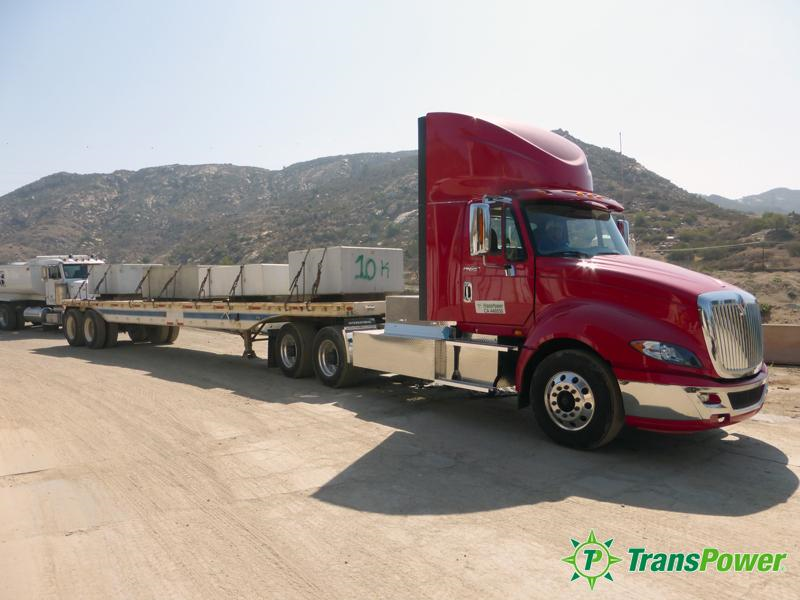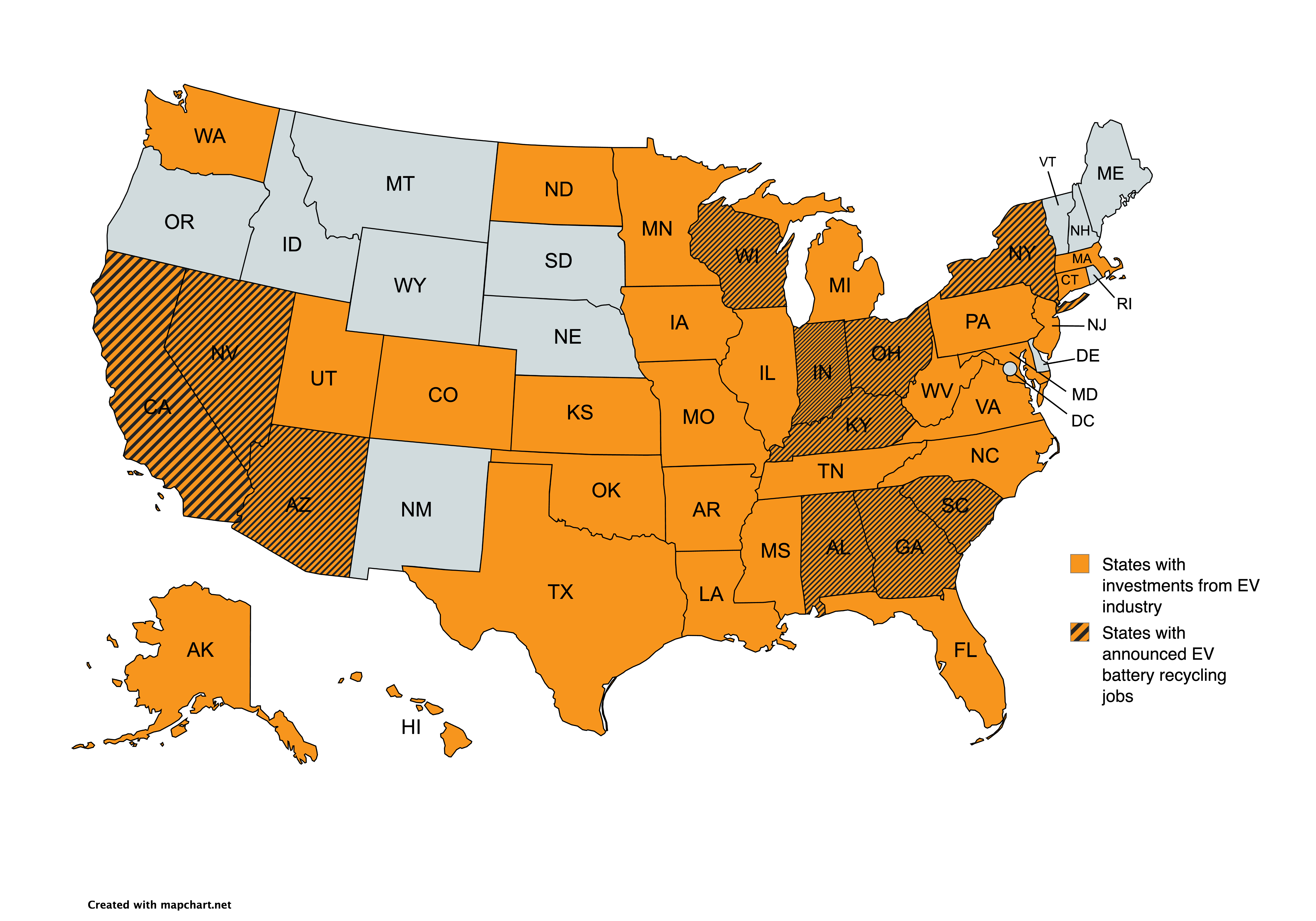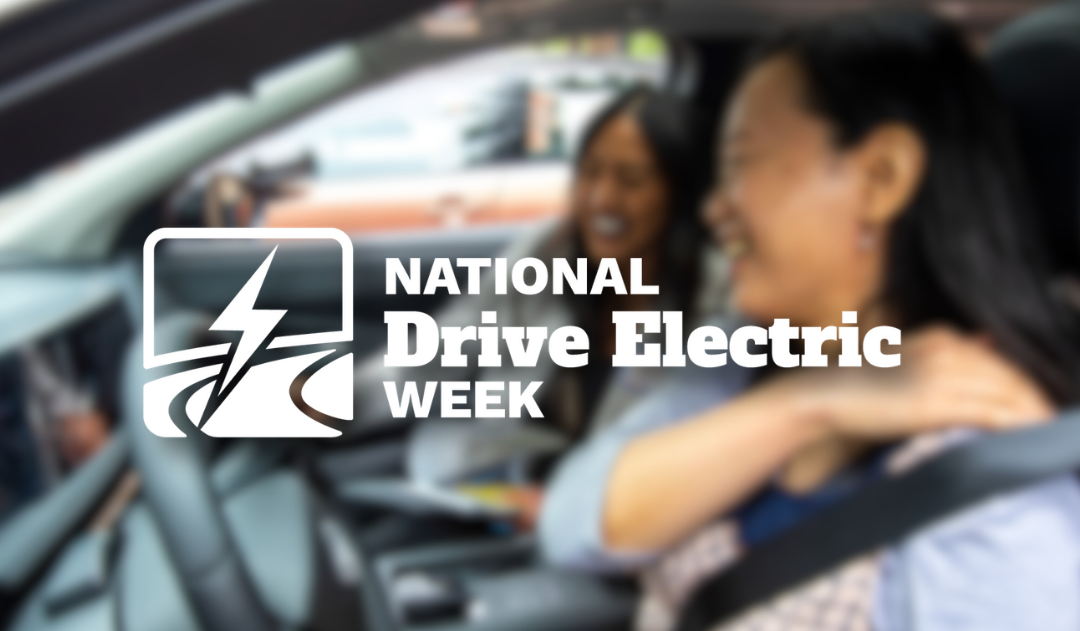Mike Ippoliti, Special to In The Driver’s Seat Blog
We all are hearing lots about plug-in electric cars, but there is now a great deal happening in the world of trucks, buses and other heavier vehicles. Larger vehicles like trucks have a much bigger impact on the environment, as individual vehicles and in total. EESI says: “Medium and heavy-duty vehicles, powered by diesel fuel, represent only five percent of the vehicles on the road but currently account for more than 20 percent of transportation emissions, as trucks are typically driven much greater distances than cars.”

eLion offers North America’s first Class C electric school bus
Diesel, which powers most trucks, creates particulate matter (the soot you see coming out of some diesel trucks), which is a known carcinogen and health risk when many trucks operate in the same area, such as ports and warehouse districts.
With the help of State and Federal funding, the world of E-Trucks and Plug-In Trucks has been moving quickly from prototypes to fully commercialized vehicles. CALSTART, a non-profit based in Pasadena, California is one of the leading companies helping accelerate this transition. Everything from pickups to 18-wheelers has some form of electrified option today. Not all are being commercially sold yet and the volumes are still small, but rapid growth is expected as fleet operators see the benefits (fuel and maintenance savings!) and electrical charging infrastructure is built.
Let’s look at some of the types of electric trucks out there now, who is building them and who is using them. Odds are you will see one soon!
Pickups and Vans
Trucks like the Ford F150 and Chevy Silverado are hugely popular, both for the general public and for working fleets. In the industry, they are known as Class 1 to Class 3 trucks, depending on the loads they can carry – generally speaking, an F150 is Class 1, F250 is Class 2, and so on. Work trucks are usually Class 2 or 3. Technically this means 6001 to 14,000 pounds GVW – Gross Vehicle Weight – the total of the truck itself and the payload. Class 1 is “light duty” or under 6000 pounds payload. Ford has said they are planning a hybrid F150 , and is doing a demonstration of a plug-in hybrid van in London (with high likelihood it will be sold in the US if the demo goes well).
Delivery Trucks and Shuttle Buses

Motiv Power Systems, Inc. provided 10 all-electric walk-in vans for AmeriPride’s delivery fleet.
These are the familiar vans you see, ranging from smaller trucks dropping off Amazon boxes, up to the big brown vans of UPS or white vans of FedEx. In terms of cargo capacity, they range from Class 4 to Class 6 (14,001 to 26,000 pounds gross vehicle weight). Delivery of work uniforms is one application where fully electric trucks work beautifully. Motiv is supplying their e-truck to Ameripride in California.
Equally familiar to most of us are the shuttle buses that work airports and other small capacity transit. School buses are also an ideal place for zero-emission drivetrains. Lion Bus has the fully electric eLion school bus commercially available now.
Moving Trucks and Heavy Work Trucks (Utility Trucks and Cherry Pickers)

PG&E plug-in work trucks from Efficient Drivetrains, Inc.
These are the trucks you see at work sites, where electrical equipment is being installed, manhole covers are open, telephone poles being erected. These work trucks are unique because they don’t drive many miles – they spend much of their day parked and providing power for tools, ventilation, buckets (cherry-pickers), flashers, and such. Usually they have to idle their diesel engines constantly to provide that power. Electrified trucks are an ideal way to reduce the amount of fuel used and the emissions created. Efficient Drivetrains Inc., based in Northern California, is one of the leaders in this segment, with trucks that can actually power a neighborhood.
Regional Haul and Beverage Trucks
Coke and Pepsi, Poland Springs and Budweiser are all deploying plug-in test vehicles in their fleets. Remember, water is HEAVY! Think about it – a large truck carrying soda or bottled water or beer has a very heavy load. Since most come from a regional bottling plant or brewery, these trucks don’t travel cross-country and are ideal for electrified powertrains which can travel shorter distances.
Since most come from a regional bottling plant or brewery, these trucks don’t travel cross-country and are ideal for electrified powertrains which can travel shorter distances.
Full Size Buses and 18-Wheeler Tractors (Class 8)

Proterra’s Catalyst e2
The number of electric buses out there is surprising, if you’re not in a transit district who has adopted them fully. Foothill Transit in the San Gabriel Valley is one, and Seattle and others are adopting. Proterra and BYD are the leading manufacturers of BEV transit buses. New Flyer is rapidly gaining customers for electric buses, too.
Meanwhile, large trucks that don’t travel cross-country, like drayage (carrying shipping containers from ports to and from warehouses) are now being converted to full electric, along with electric hybrids. There is even a demonstration program of catenary, the kind of system used on trolley cars and light-rail trains. Transpower is one of the few companies to have such trucks conducting revenue service today.
Concepts and Future Trucks
While the vehicles listed above are becoming a reality in a neighborhood near you, research and development continues on the next generations of e-trucks. More players are joining the race to electrify medium- and heavy-duty vehicles, including Elon Musk’s own Tesla. Part of the innovator’s “master plan” states Tesla aims to “expand the electric vehicle product line to address all major segments.” The company’s ramped up a team investigating electric semi- and pick-up trucks, hiring engineering experts from truck maker, Freightliner, for example. There are no solid plans for a debut yet, but one thing is certain: it’s an exciting time for electric vehicles of all sorts.
One thing is certain: it’s an exciting time for electric vehicles of all sorts.
About Mike Ippoliti
Mike Ippoliti, the ZE Zealot, has been working for CALSTART in Pasadena, California for the last eight years. He has led projects on zero-emission drayage, renewable natural gas, and other advanced clean transportation technologies. A dedicated car-guy and Alfa Romeo fan, he drives a Fiat 500e, and will never own a gasoline-powered car again – except maybe an Alfa.


